At the end of June, on the 26th, the Budapest Citizen Mobility Lab organised the Presentation Day, inviting a diverse and proactive stakeholder group, including mobility specialists and representatives of the civil society. Their goal was double: to agree on priorities among the many suggested interventions for the upper Danube river embankment and to assess their technical feasibility.
Ideas about challenges and solutions had been collected during two roadshow sessions of the Citizen Mobility Lab (this one on 2-5 May and this one on 5-6 July). They were grouped in four main categories, notably: access to the Danube river, improvement of community spaces, transportation and mobility hubs, and liveable urban space. The participants in the Presentation Day were invited to further work on those ideas, sketch them out and develop them into concepts.
To facilitate the work of the participants, the co-creation session was introduced by two best practice presentations that relate well to the two selected intervention areas, namely Batthyány Square and the Műegyetem embankment. The first presentation was done by Ms. Mariann Fonyódi (Budapest University of Technology and Economics) concerning the waterfront anomalies of Europe. The talk revolved around the changes undergone by the waterfront of European metropolises in the past 20 years and the enhanced function waterfronts play in citizen engagement nowadays.
The second best practice was presented by Mr. Ercsényi Balázs (FŐMTERV Zrt), who focused on the renovation of the Széll Kálmán Square (former Moszkva Square). Since the reopening (10 May 2016), the square is more liveable, safer and better suited for the needs of the community.
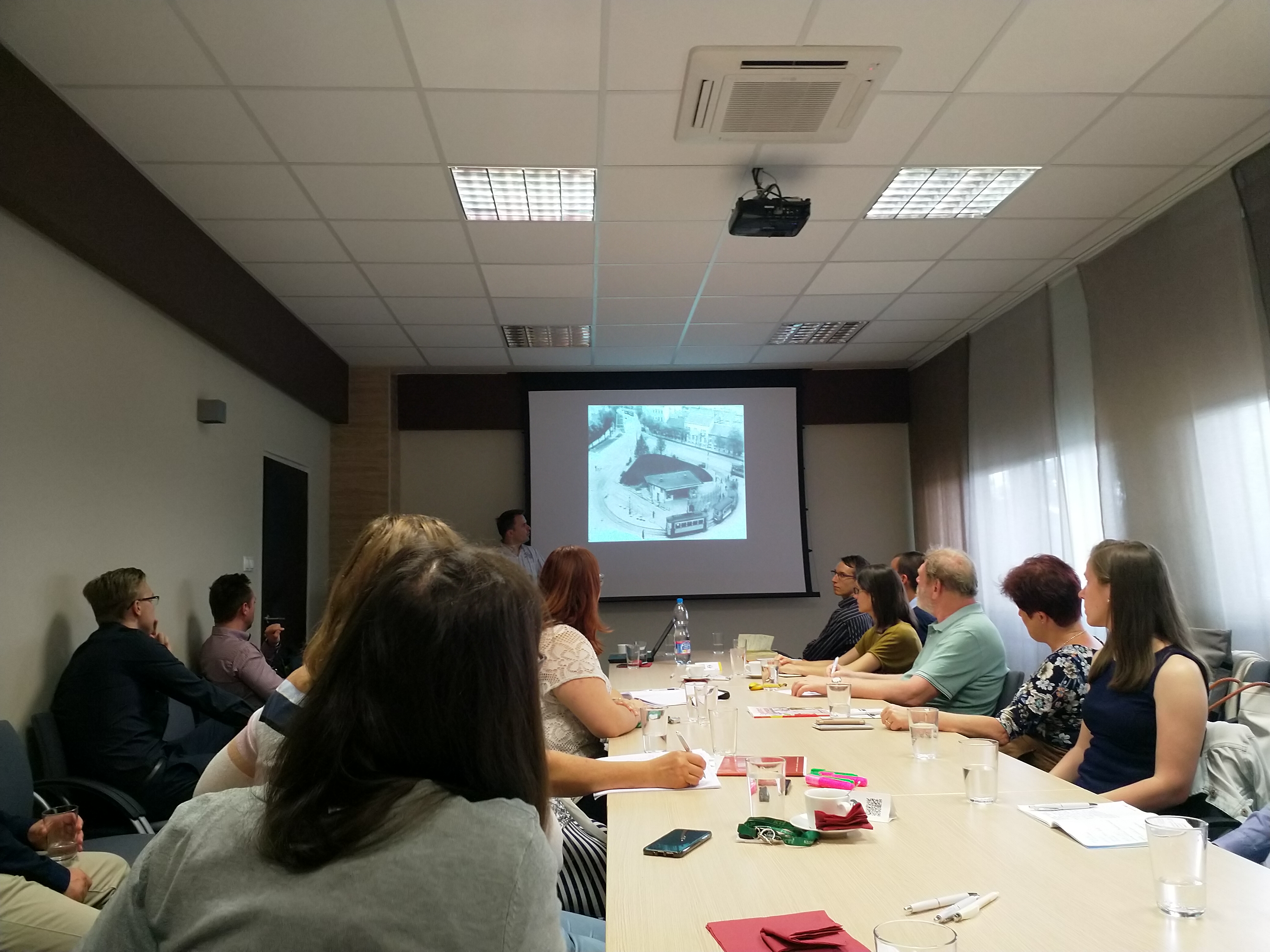

Ms. Fonyódi and Mr. Balázs were selected as speakers based on their experiences in small-scale mobility-related urban interventions that are linked to citizen engagement. Both of them were involved in the warm-up events and took part in following Mobility Lab activities.
Starting from their inspiring talks, participants discussed within smaller groups (four in total) possible pilot development concepts. Concerning the Batthyány Square, they envisioned:

- the reorganisation of the traffic along the Bem embankment and in the main streets to reduce congestion (different interventions are possible, for example coordinating traffic lights differently to ensure a better flow of vehicles, limiting circulation, etc.)
- the restructuring of the square itself, putting a stronger focus on community (for instance, in the infrastructure, facilities provided and overall spatial organisation) and creating a greater connection with the river bank.
For the Műegyetem embankment, two different concepts were considered:
- the “University Duna Experience”, aiming to ease the traffic of the upper embankment and connect the university to the river bank by means of zebra crossings with no traffic light
- the “University Terrace”, playing with a new design of the main university entrance area and its connection to the river.
These concepts will be brought to the Hackday, which, in turn, will serve to create a shortlist of solutions with the potential to become actual interventions.


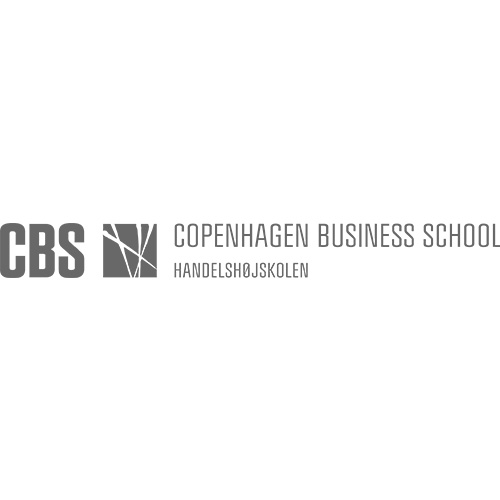
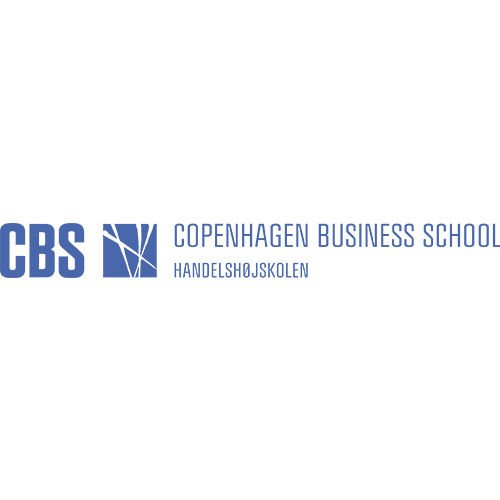
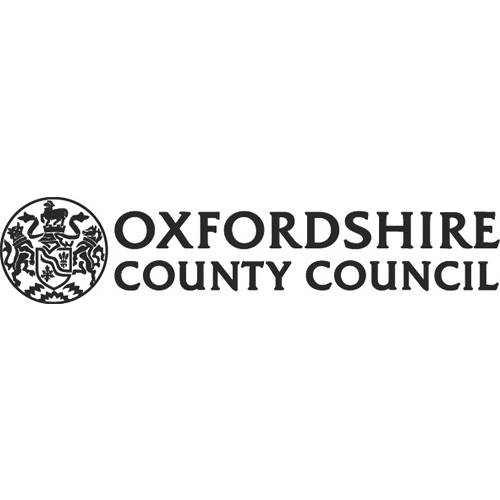

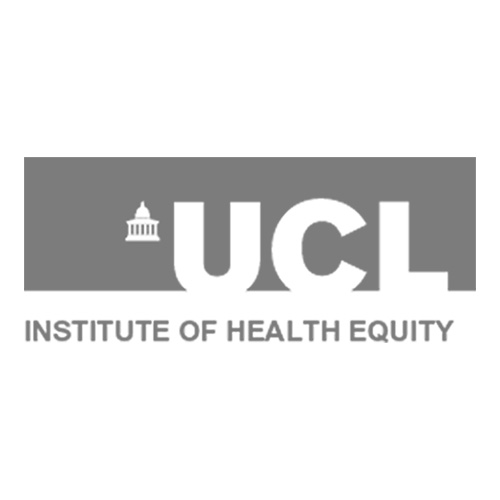
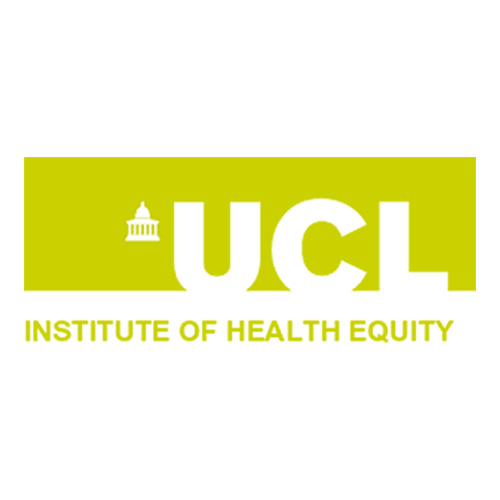
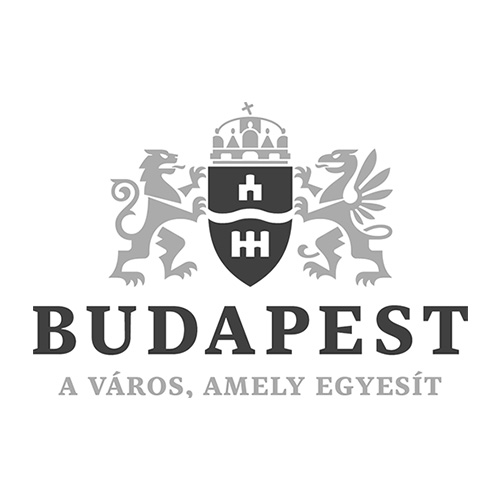
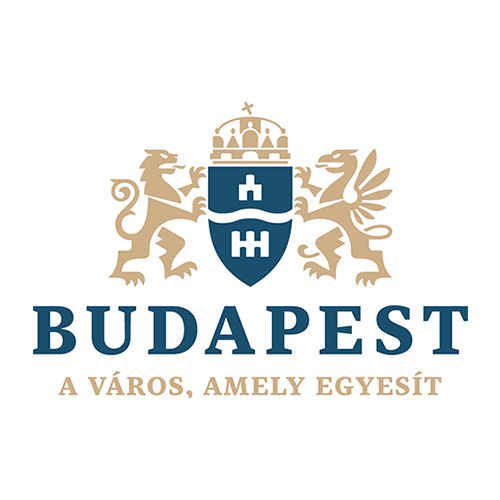
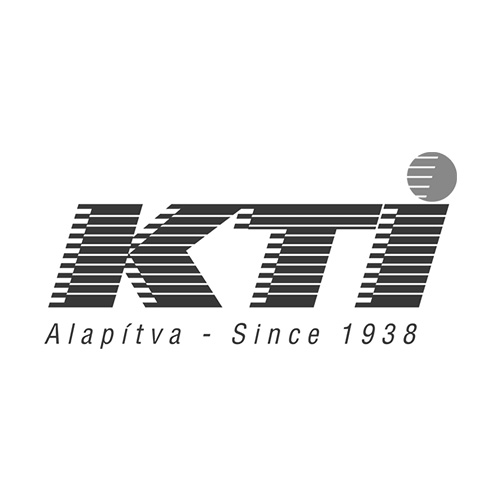
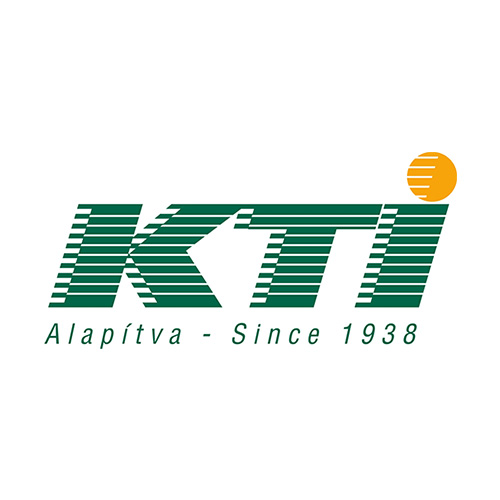
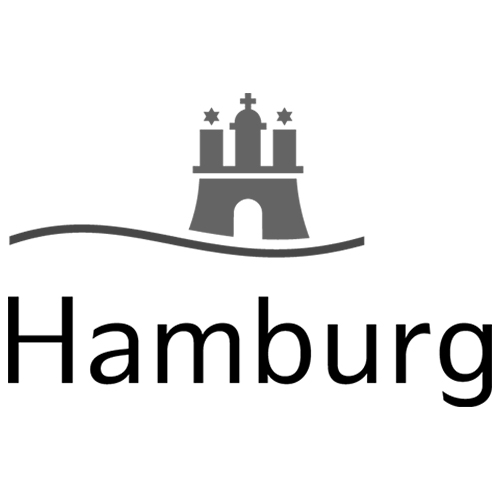
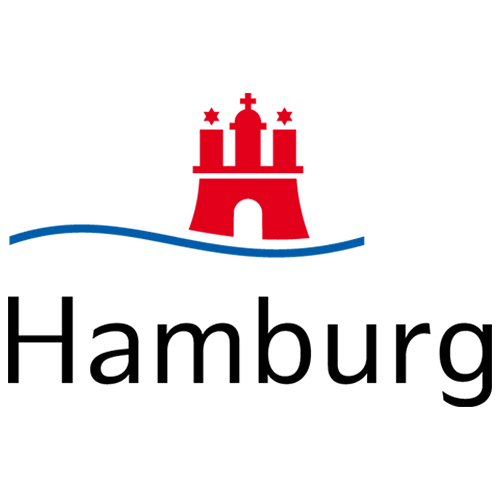
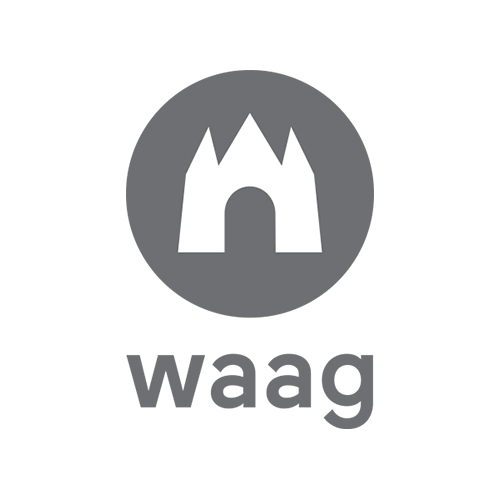

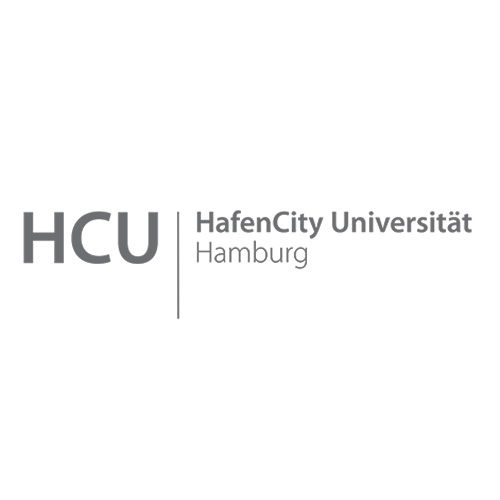
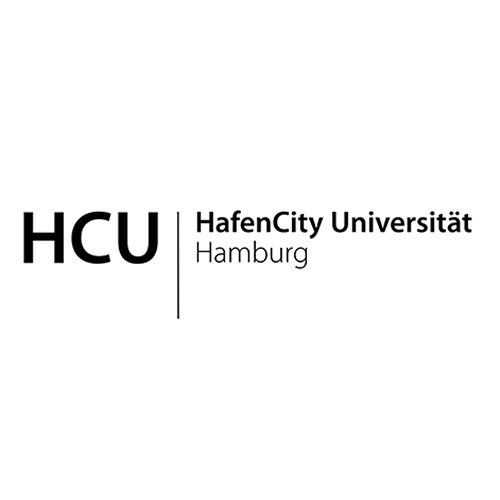
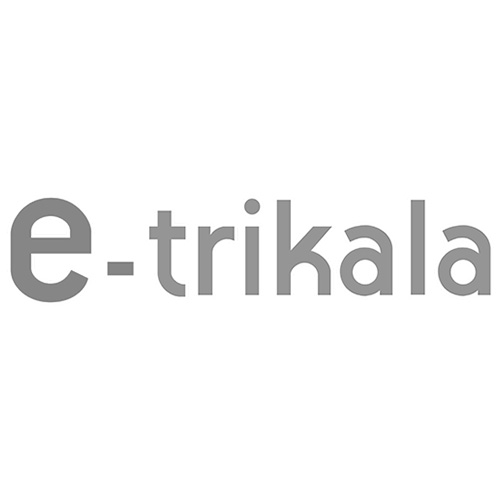
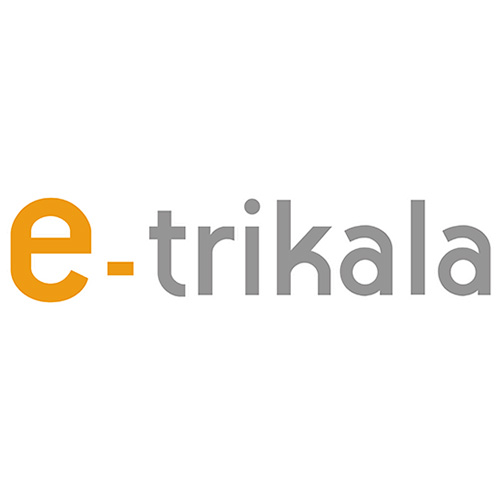
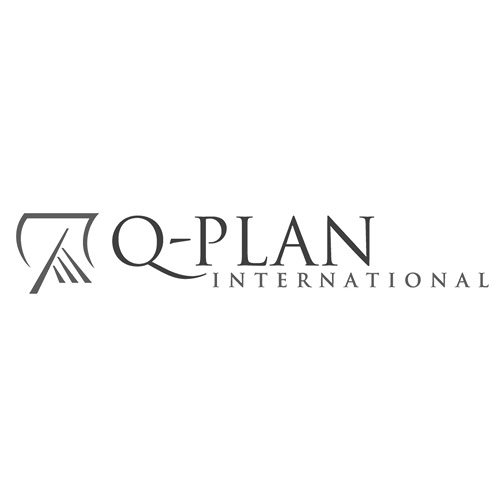
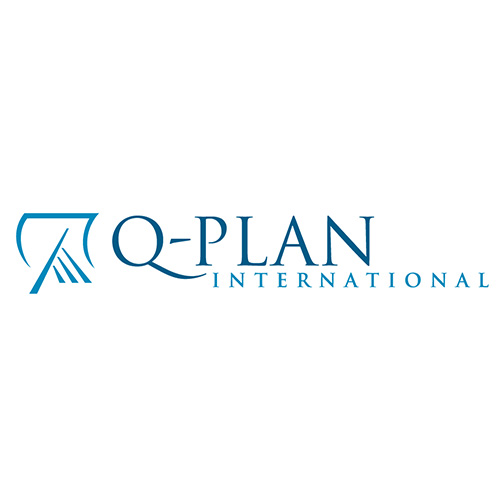
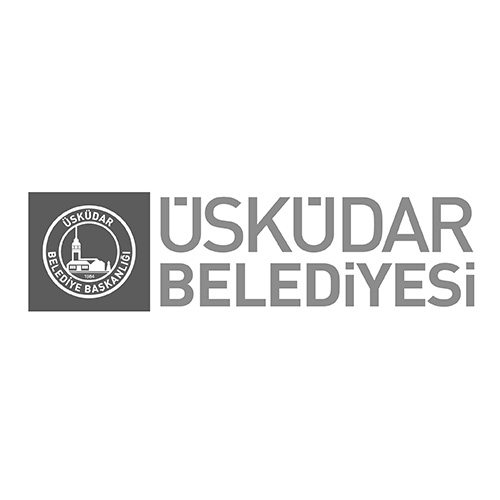


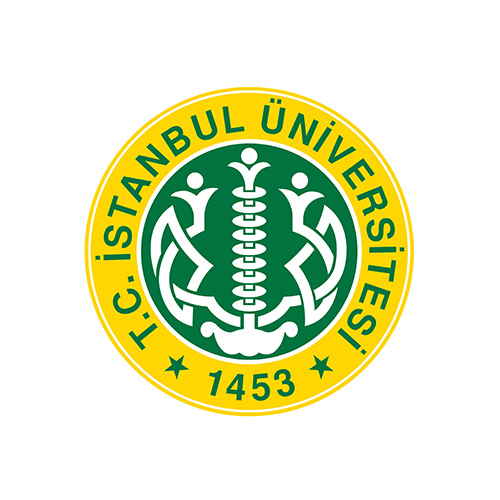


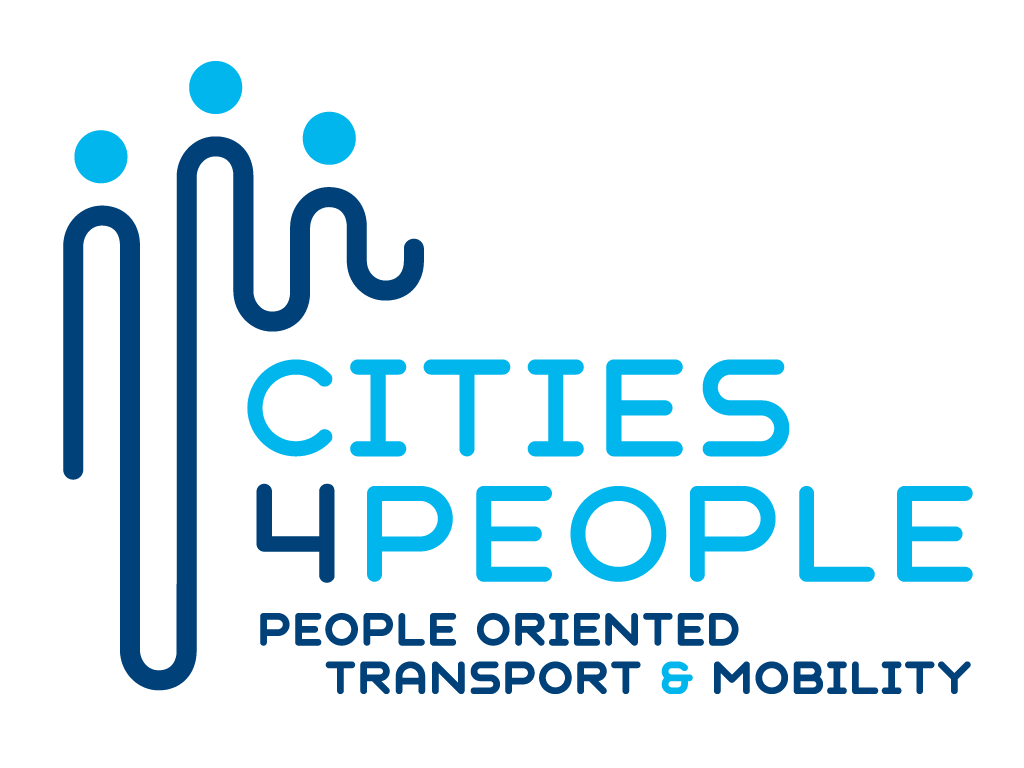
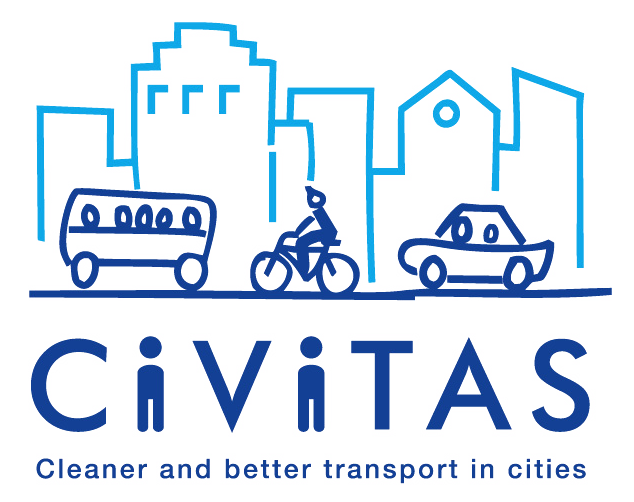


 English
English Ελληνικά
Ελληνικά Deutsch
Deutsch Turkish
Turkish